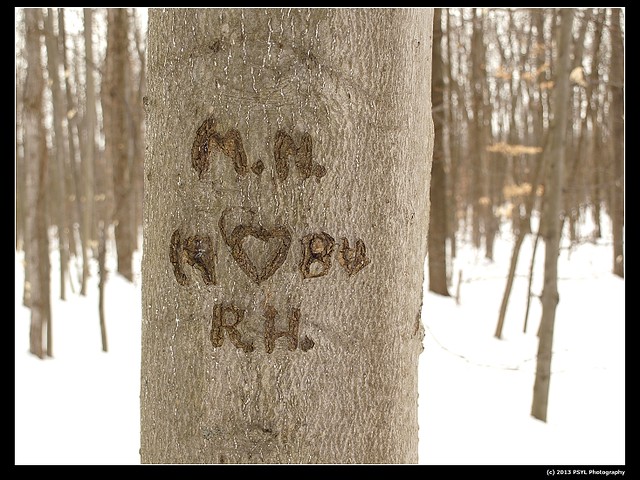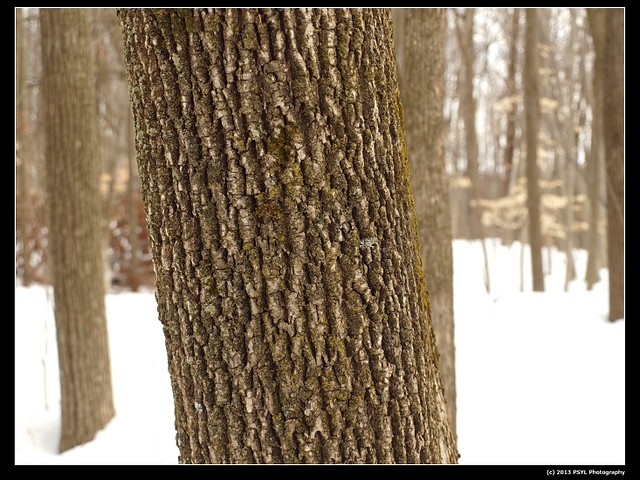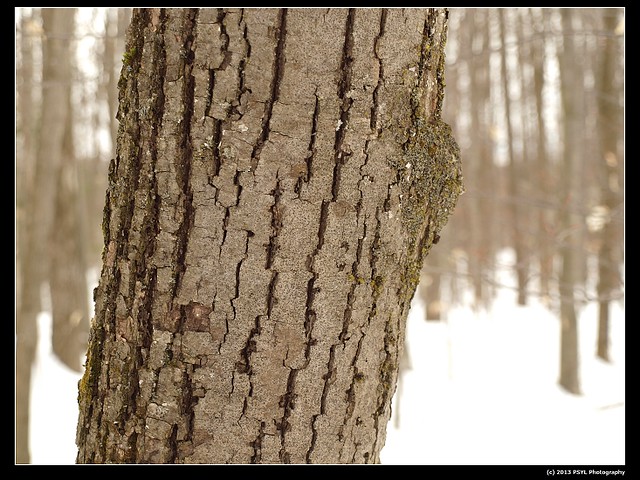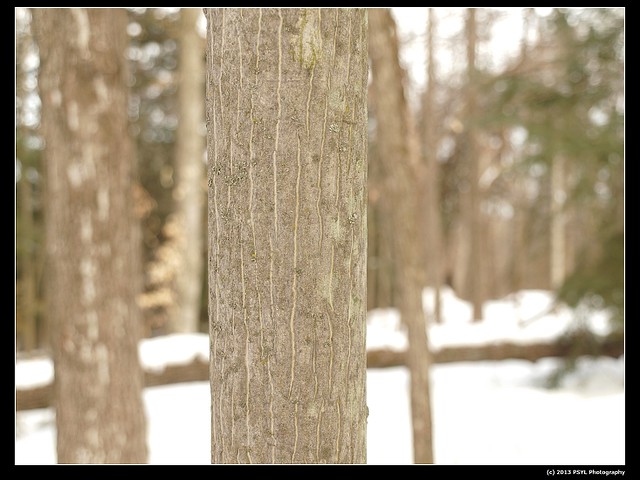Since it's winter, identifying trees is mainly done based on its bark and buds, and not so much on its leaves.
Beech (Fagus grandifolia) - bark is thin, smooth, and people usually like to carve their names on it.
White Ash (Fraxinus americana) - bark with thin and firm intersecting ridges that form diamond patterns.
Basswood (Tilia americana) - bark with narrow, flat-topped ridges.
Ironwood (Ostrya virginiana)- bark broken into short, narrow, longitudinal strips that are loose at the ends and easily peeled off.
Bitternut Hickory (Carya cordiformis) - this is a tree species that we were not expecting to see on the site. It is a young tree and has pale, vertical lines on its bark.
The buds of C. cordiformis are sulphur-yellow, flattened, with two to four large, abutting scales.
Some guidelines for predicting tree replacement are: rate of seed germination, growth rate, share tolerance, seed dispersal, etc.







No comments:
Post a Comment